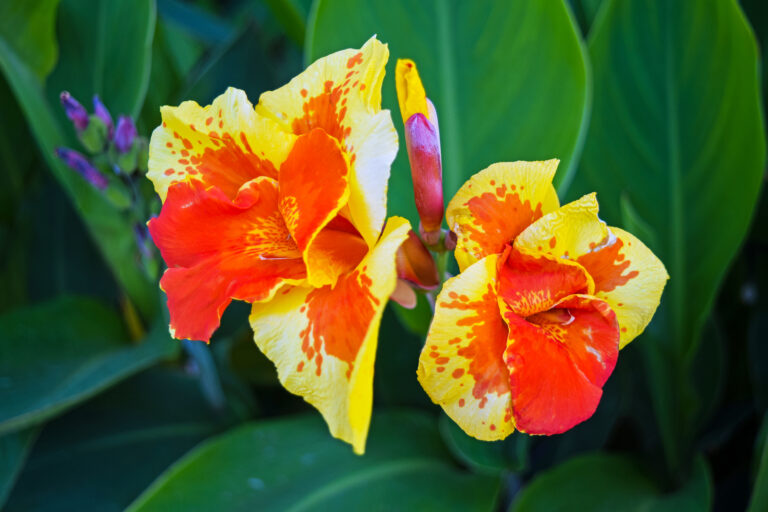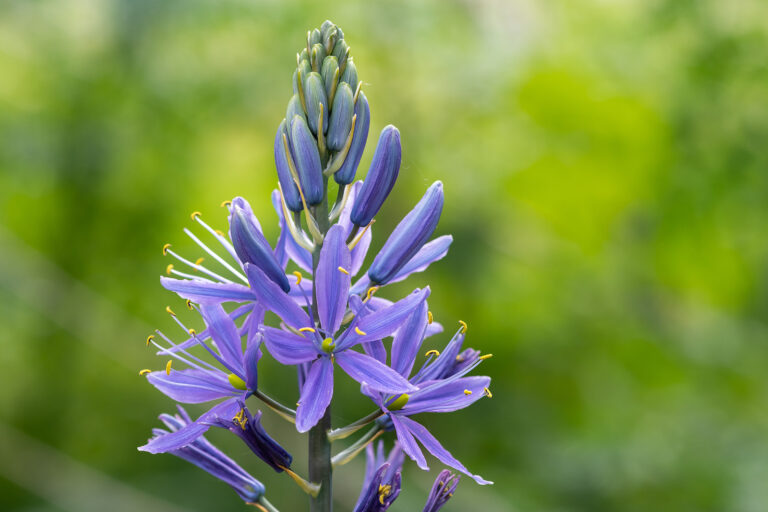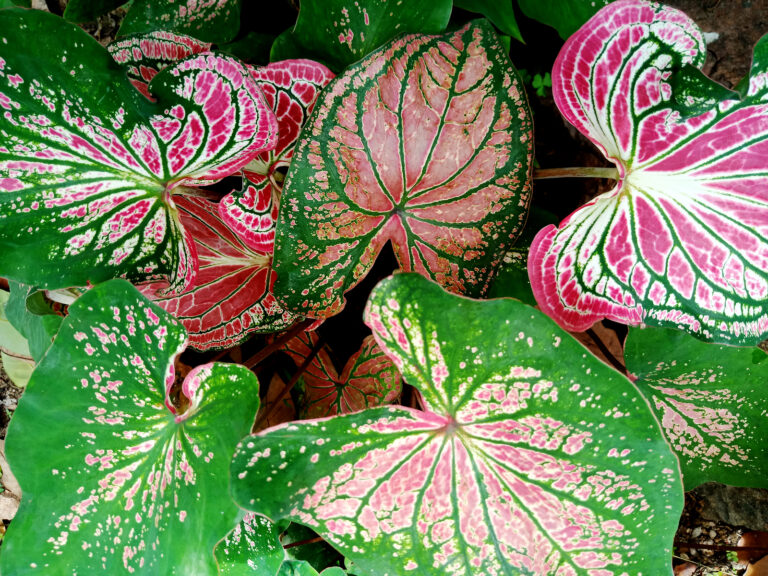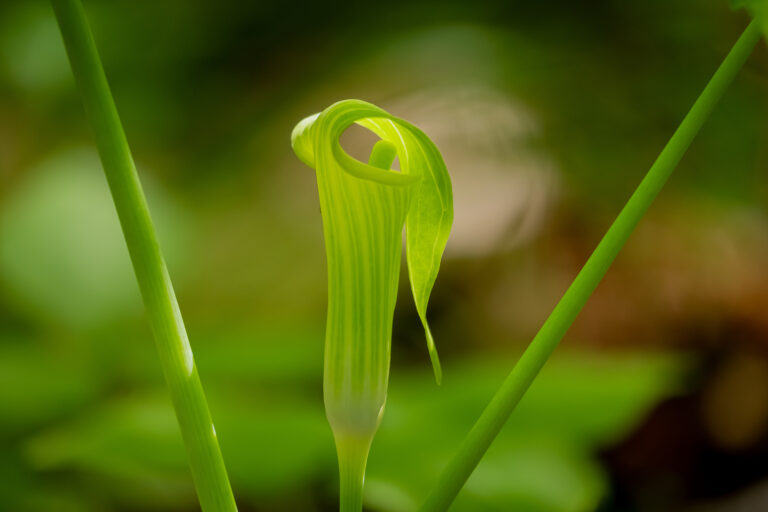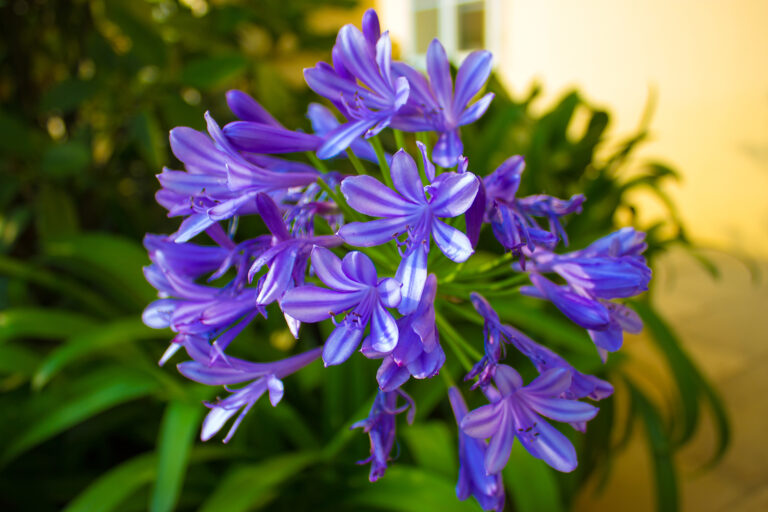How to Grow Canna — Canna Lily
Canna is an upright tropical perennial with large oval leaves and orchid-like flowers. Cannas can be grown in all regions, but they will be killed by frost if not protected or lifted and brought indoors. Cannas are often grown for their decorative foliage as much as their colorful flowers. Foliage is sometimes green and yellow…

